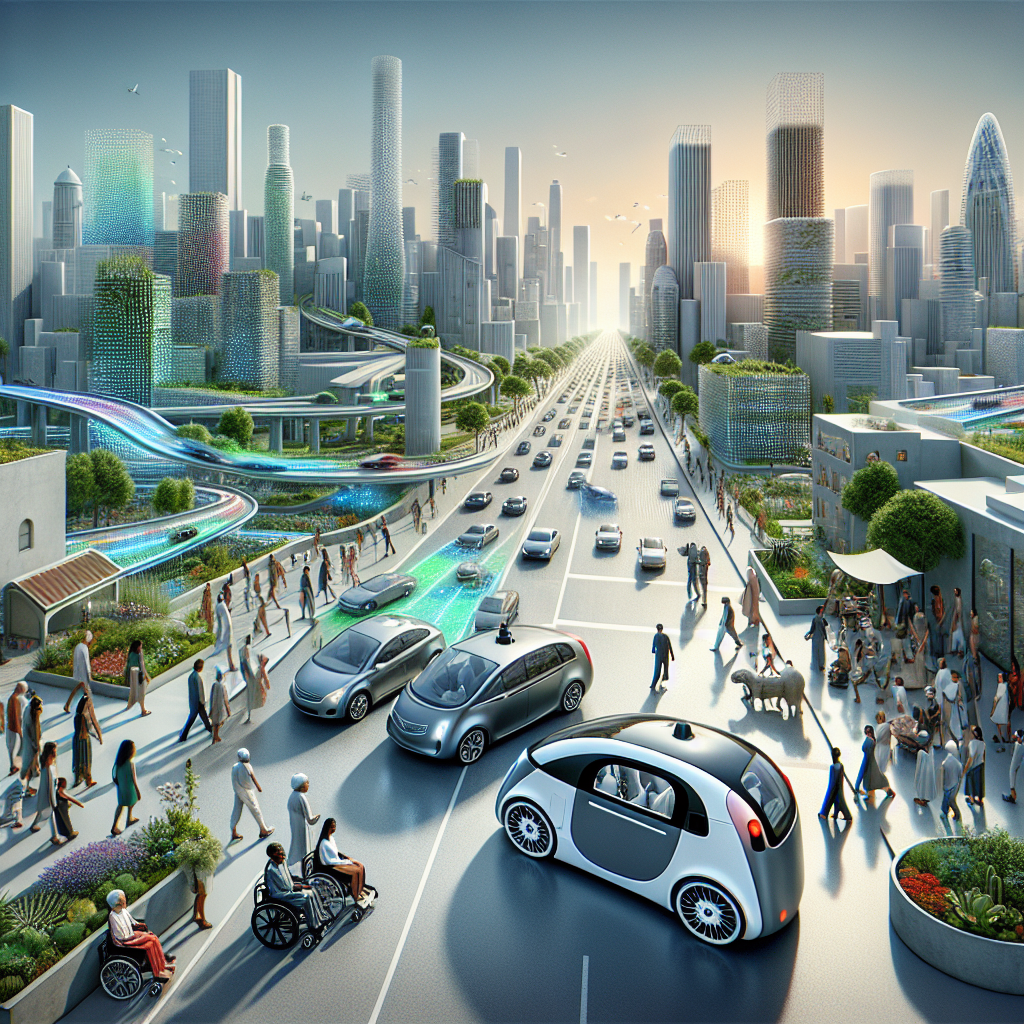Are We Ready for the Roads of Tomorrow? The Surprising Truth About Autonomous Vehicles!

The world is on the brink of a transportation revolution, driven by the development of autonomous vehicles (AVs). As these self-driving cars inch closer to our streets, many of us are left pondering a crucial question: Is society truly prepared for this radical shift? In this article, we will explore the current state of autonomous vehicles, their potential benefits and risks, and what they mean for our daily lives.
The Promise of Autonomous Vehicles
Autonomous vehicles are designed to navigate and operate without human intervention. They rely on a combination of advanced sensors, cameras, and artificial intelligence to perceive their surroundings. Proponents believe that widespread adoption of AVs could lead to safer roads, reduced traffic congestion, and increased mobility for those unable to drive, like the elderly or those with disabilities.
One of the most compelling statistics comes from the National Highway Traffic Safety Administration, which estimates that 94% of serious crashes are due to human error. By removing humans from the equation, we could see a significant decrease in accidents. Imagine a world where a simple smartphone app could summon a vehicle, allowing you to relax, read, or even work during your commute!
The Challenges Ahead
Despite the promising outlook, the path to full autonomy is fraught with challenges. Public skepticism remains high, fueled by high-profile accidents involving AVs. Many people worry about the reliability of AI systems and their ability to handle unexpected situations, such as a pedestrian suddenly stepping onto the road. Additionally, the legal and ethical implications of AVs must be tackled—who is at fault in a crash involving a self-driving car?
There's also the issue of infrastructure. Our roads are not currently designed for AVs, and significant investment will be needed to adapt traffic systems, signals, and regulations. This transition could take years, if not decades, leaving us in a state of limbo where both autonomous and human-driven vehicles share the roads.
What the Future Holds
So, what does this mean for the everyday person? As the technology continues to evolve, we may start to see hybrid models in use—vehicles that have driver-assistance features but still require human oversight. Companies like Waymo and Tesla are already testing their technologies in real-world environments, slowly building public trust and familiarity.
Moreover, urban planning and public policy will play significant roles in shaping the future of transportation. Cities will need to rethink zoning, public transport, and how we allocate space for vehicles that can operate without drivers. Harnessing the potential of AVs could lead to a cleaner, safer, and more efficient transportation system, but it requires a collective effort from all stakeholders.
Conclusion: A Road Less Traveled?
The advent of autonomous vehicles heralds a significant transformation in how we think about mobility. With potential benefits that could reshape our cities and lives intertwined with daunting challenges, we are standing at a crossroads. Are we ready to embrace this new frontier? The journey is just beginning, and it is crucial for everyone to engage in the conversation as we navigate the roads of tomorrow.